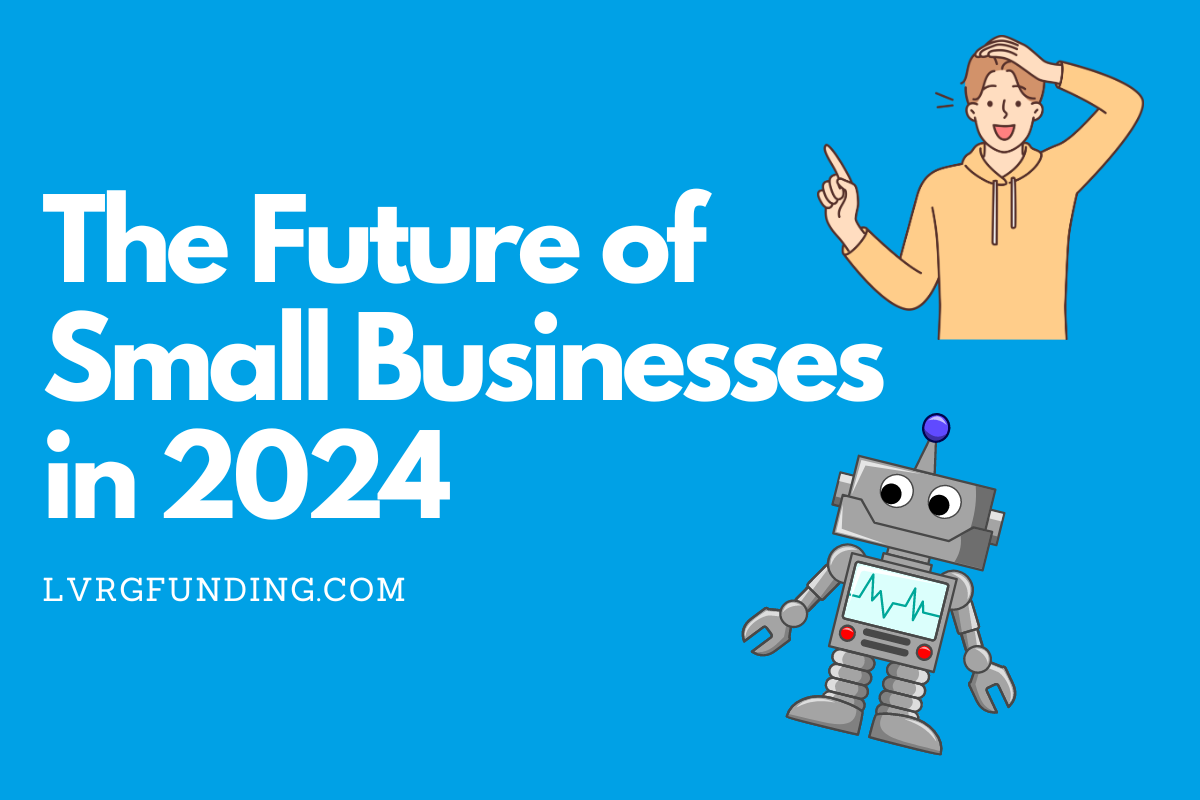The Price of Missed Opportunities: Beyond the Cost of Capital
Introduction:
In the realm of business and finance, the concept of opportunity cost is well-known. The adage that "missed opportunities are a hell of a lot more expensive than the cost of capital" encapsulates the significance of seizing opportunities when they arise. While the cost of capital may seem like a substantial expense, the potential consequences of failing to act can far surpass monetary losses. In this article, we will delve into the reasons why missed opportunities can be exceedingly more expensive than the cost of capital alone.
1. Loss of Competitive Advantage:
Opportunities often arise in response to market shifts, emerging trends, or gaps in the industry. Failing to seize these opportunities can result in losing ground to competitors who are quick to adapt and take advantage of the changing landscape. The longer a business waits, the harder it becomes to regain a competitive edge, leading to potential market share erosion and missed revenue potential. The cost of inaction in this scenario extends far beyond the initial investment required to pursue an opportunity.
2. Stagnation and Diminished Growth:
Missed opportunities can contribute to stagnation within a business. Without seeking new avenues for growth and innovation, a company risks becoming obsolete in a rapidly evolving marketplace. While the cost of capital may present a short-term hurdle, forgoing opportunities in favor of maintaining the status quo can hinder long-term growth and limit a business's potential.
3. Impact on Brand and Reputation:
Inaction can also negatively impact a company's brand and reputation. When businesses fail to seize opportunities that align with their values or customers' expectations, it can erode trust and confidence. Customers may view such inaction as a lack of vision, competence, or commitment to meeting their needs. Rebuilding a tarnished brand can be a costly and time-consuming process, amplifying the expense of missed opportunities beyond mere capital.
4. Missed Learning and Networking Opportunities:
Opportunities often present valuable learning experiences and facilitate networking with industry leaders, potential partners, or investors. By refusing to engage with new avenues, a business misses out on the chance to gain insights, expand knowledge, and forge connections that can fuel growth and open doors to further opportunities. The intangible benefits of such experiences can be immeasurable and compound the true cost of missed opportunities.
Conclusion:
While the cost of capital may require careful consideration and financial planning, the consequences of missed opportunities extend beyond monetary calculations. Loss of competitive advantage, stagnation, damage to brand reputation, and the missed benefits of learning and networking opportunities can severely impact a business's bottom line in the long run. To thrive in today's dynamic business environment, organizations must embrace calculated risks, seize opportunities promptly, and recognize that the true cost of inaction often exceeds the price tag associated with the capital required for potential growth.
Written by Charles M. Barr, CEO of LVRG Funding





